Introduction
Imagine a conference room that adapts to your needs at the touch of a button, offering an unparalleled blend of functionality and aesthetics. This is the essence of smart glass, a revolutionary innovation transforming interior design, especially in conference rooms.
In this blog, we’ll delve into the world of smart glass, exploring its benefits, integration, workings, challenges, and future trends, all while uncovering its role in creating captivating conference room interiors.
Benefits of Smart Glass in Interior Design
Enhancing Natural Light
Smart glass allows the infusion of natural light while mitigating glare and excessive heat. By electronically controlling the transparency of the glass, it maximises the use of sunlight, creating an inviting and refreshing atmosphere.
Privacy and Transparency
Transforming from transparent to opaque with a flick of a switch, smart glass offers instant privacy. This feature is particularly valuable for conference rooms where sensitive discussions take place, eliminating the need for blinds or curtains.
Energy Efficiency
With its ability to regulate heat and light, smart glass reduces the dependence on artificial lighting and temperature control systems. This translates to energy savings and a smaller carbon footprint.
Integration of Smart Glass in Conference Rooms
Creating Flexible Spaces
Smart glass enables the seamless division of conference rooms into smaller spaces when needed. It promotes versatility by offering a dynamic solution to adapt to different meeting sizes and purposes.
Modern Aesthetics
The sleek and contemporary appearance of smart glass adds a touch of sophistication to conference room interiors. It aligns perfectly with modern design trends, creating an environment that is both professional and visually appealing.
How Smart Glass Works
Electrochromic Technology
Electrochromic smart glass changes its tint in response to an electrical voltage. This is achieved through the manipulation of ions between layers of glass, allowing for adjustable transparency levels.
PDLC (Polymer Dispersed Liquid Crystal) Technology
PDLC smart glass utilises a film containing liquid crystal droplets that scatter light when unpowered, creating an opaque appearance. When powered, the liquid crystals align, allowing light to pass through and rendering the glass transparent.
Factors to Consider When Using Smart Glass in Conference Rooms
Cost Considerations
While the benefits are undeniable, the initial cost of installing smart glass can be higher compared to traditional glass. A comprehensive cost-benefit analysis is crucial to determine the feasibility of implementation.
Maintenance and Longevity
Regular maintenance is vital to ensure the optimal functioning of smart glass. Understanding the maintenance requirements and lifespan of different technologies is essential for long-term satisfaction.
Installation Process and Considerations
Professional Installation
Smart glass installation demands expertise to ensure a seamless fit and proper functioning. Professional installers guarantee a flawless integration of the technology into conference room designs.
Wiring and Control Systems
Integrating smart glass requires careful planning of wiring and control systems. Collaborating with professionals is crucial to design a user-friendly control interface that aligns with the room’s layout.
Potential Implementations
Tech Corporation’s Innovative Boardroom
A Tech Corporation can harness smart glass to transform its boardroom into an interactive hub. The glass walls switch between transparent and opaque, enhancing presentations and enabling private discussions.
Wellness Conference Centre
A Wellness Conference Centre can take advantage of the flexibility of smart glass to create adaptable spaces for workshops, seminars, and networking events. This dynamic approach can enhance attendee experiences and event outcomes.
Challenges and Limitations of Smart Glass
Initial Investment
The initial investment in smart glass technology can be a deterrent for some organisations. However, considering long-term benefits and savings often outweigh the upfront costs.
Transition Speed and Clarity
Some smart glass technologies might have limitations in transition speed and clarity. Understanding these limitations helps in selecting the right technology for the conference room’s specific needs.
Future Trends in Smart Glass Interior Design
Integration with IoT (Internet of Things)
Smart glass is set to integrate with IoT, allowing for automated adjustments based on factors like occupancy, time of day, and external light conditions. This fusion enhances user experience and efficiency.
Advancements in Privacy Modes
Future developments in smart glass are expected to introduce more sophisticated privacy modes, catering to varying levels of confidentiality required during meetings and presentations.
How to Choose the Right Smart Glass for Your Conference Room
Assessing Needs and Objectives
Understanding the conference room’s primary usage and desired features is essential in selecting the most suitable smart glass technology.
Comparing Technologies
Comparing different smart glass technologies helps in finding the perfect balance between cost, functionality, and aesthetics.
Maintenance and Care Tips for Smart Glass
Cleaning Procedures
Regular cleaning ensures the clarity and efficiency of smart glass. Use non-abrasive cleaners and soft materials to prevent damage.
Avoiding Damage
Handle smart glass with care to avoid scratching or damaging its delicate surfaces. Educating users on proper usage helps extend its lifespan.
Cost Analysis and ROI of Smart Glass
Calculating Return on Investment
A comprehensive cost analysis considering energy savings, increased productivity, and improved aesthetics helps demonstrate the long-term value of smart glass.
Long-Term Savings
While the upfront costs might be higher, the long-term savings on energy bills and maintenance expenses contribute significantly to the overall cost-effectiveness.
Conclusion: Embracing the Future of Conference Room Design
Smart glass has emerged as a transformative force in conference room interior design. Its ability to seamlessly blend functionality, aesthetics, and technology sets a new standard for adaptable and captivating spaces.
Who We Are
Tecdur is the leading manufacturer of smart glass for the UK and Ireland. Tecdur Switchable Glass provides the best clarity, lowest power consumption and lowest haze currently available. We can offer a wide range of specifications to meet project requirements with our switchable glass, cost is dependent on specification, application and design. Please get in contact with us to discuss further.
Please visit our portfolio for a look at completed projects. Keep up to date on our LinkedIn Showcase page
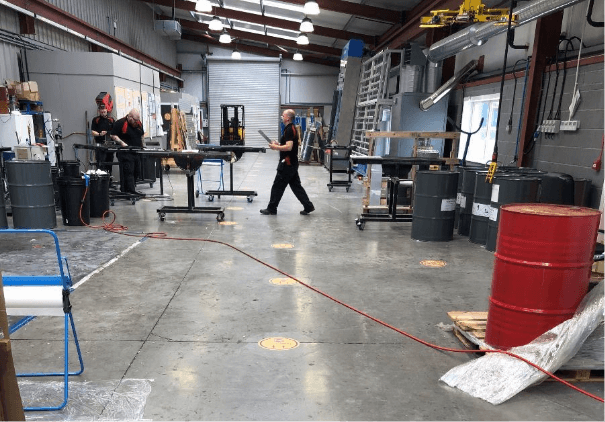
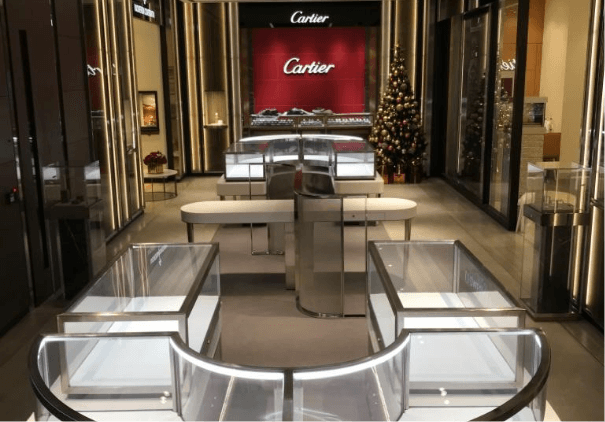
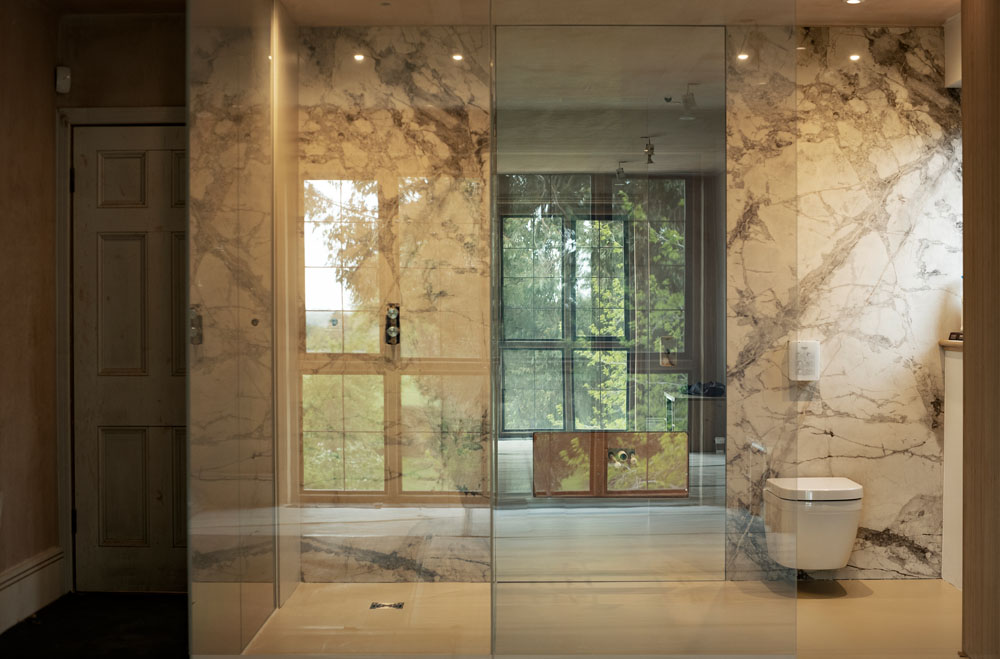
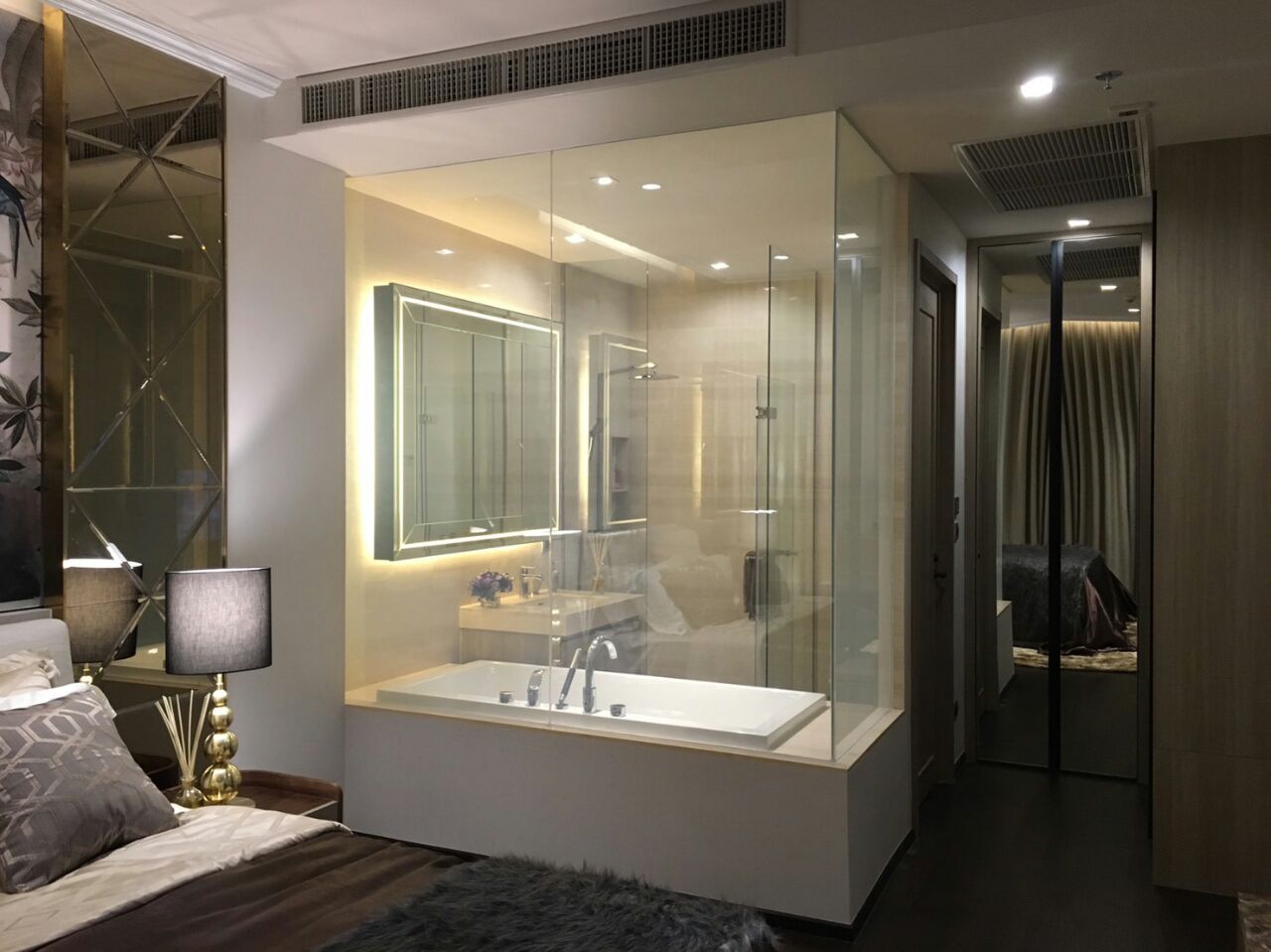
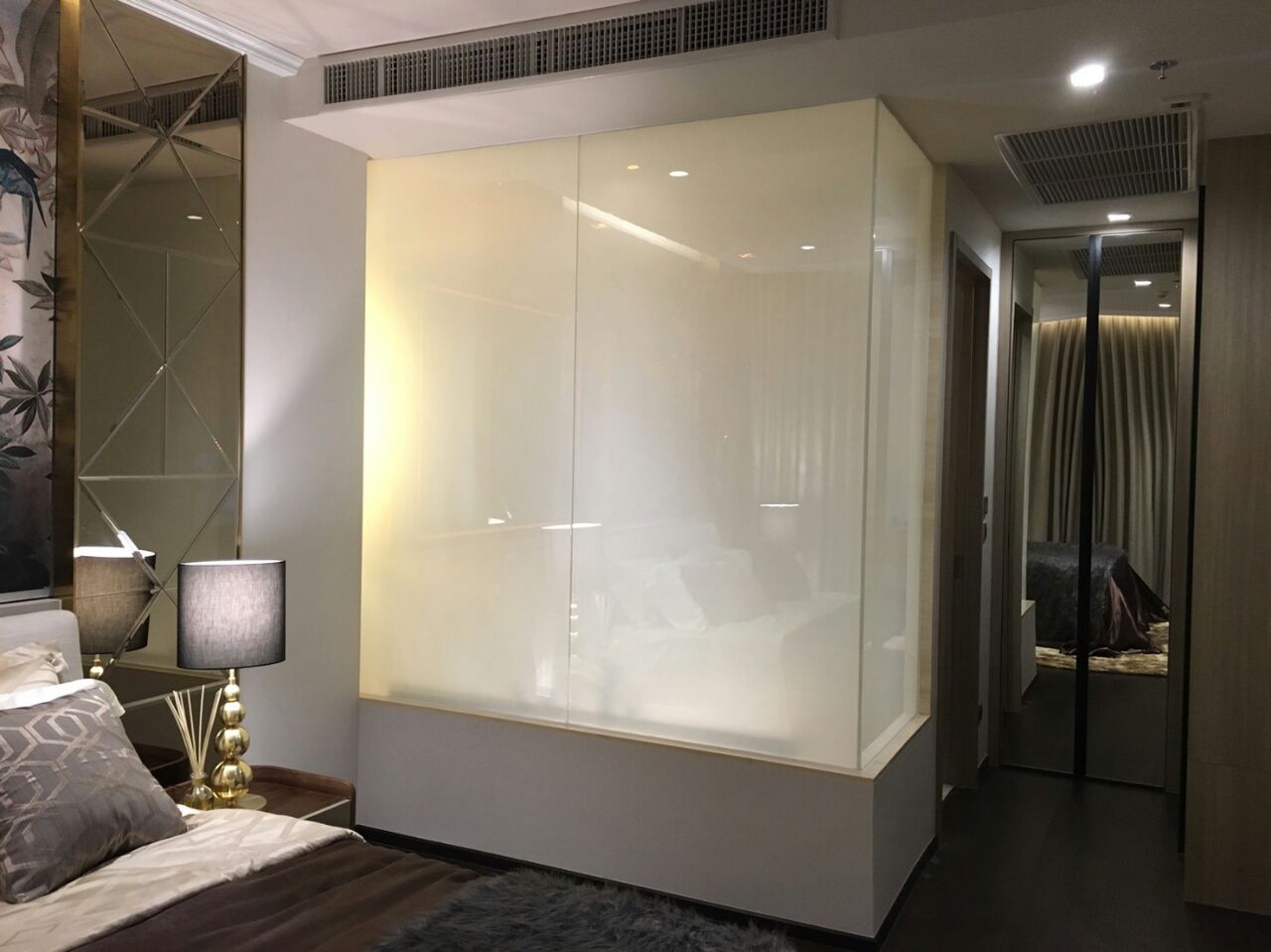
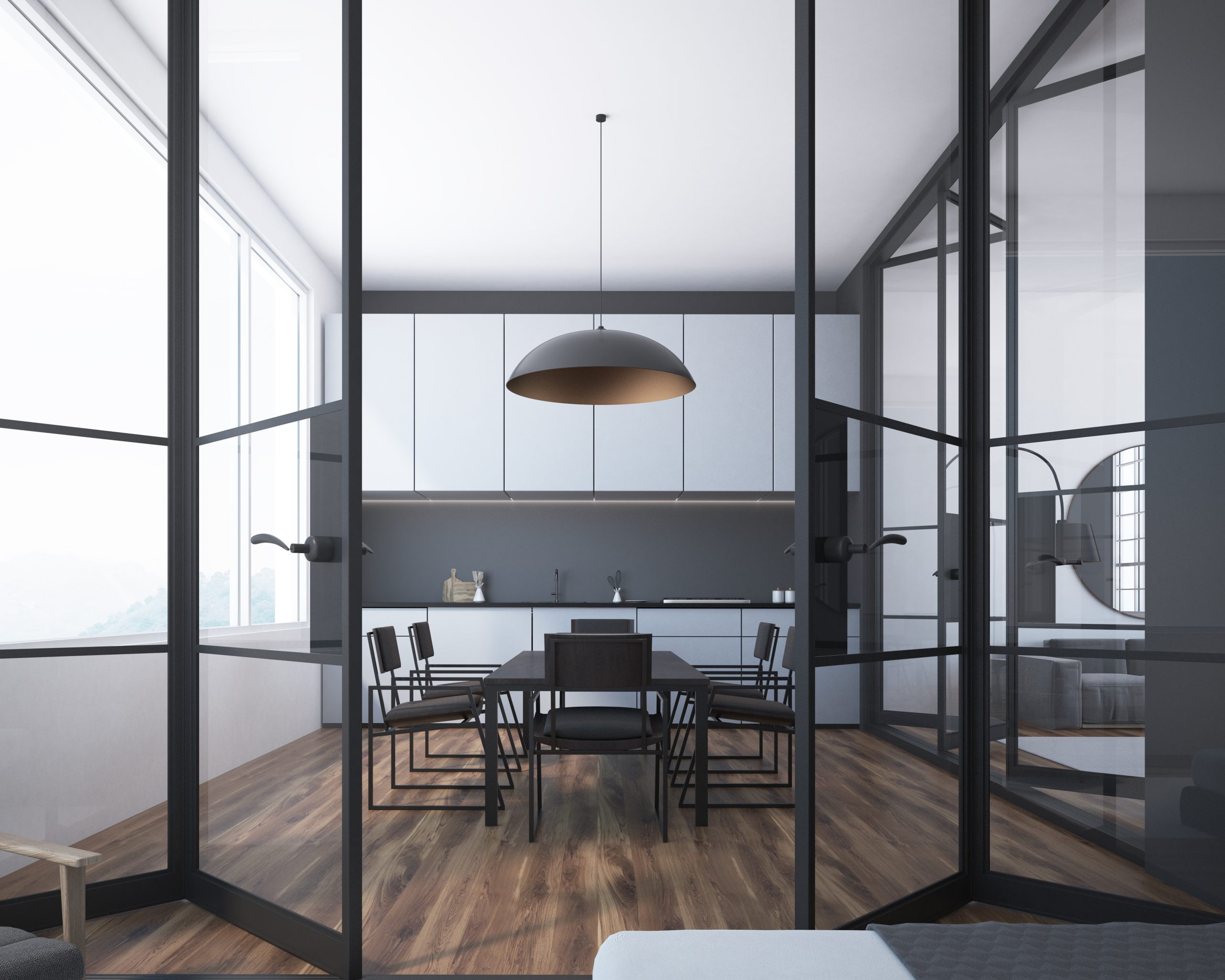
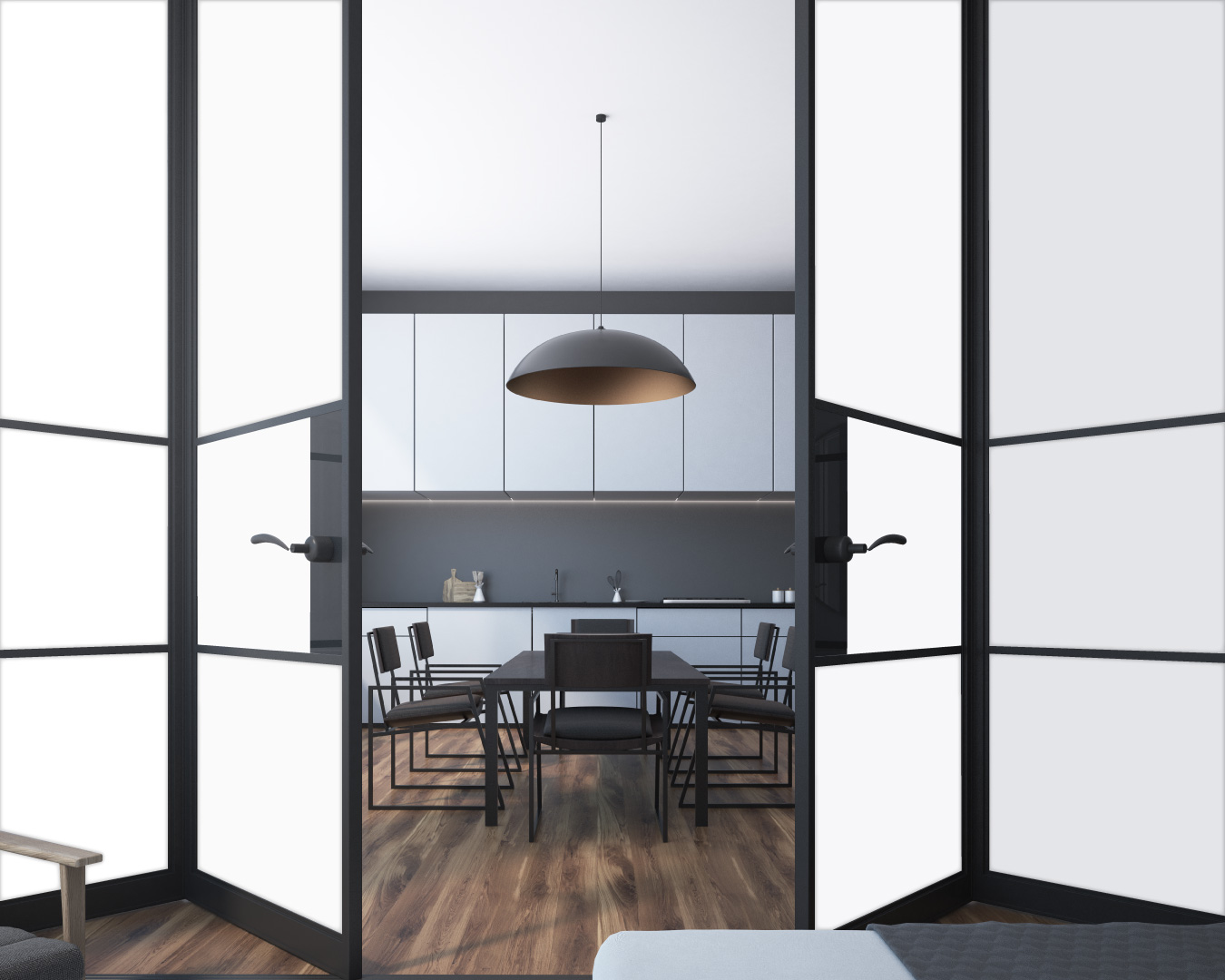
Frequently asked Questions
Our privacy glass works by utilising advanced PDLC (Polymer Dispersed Liquid Crystal) film. When an electrical current is applied, the liquid crystal molecules align, allowing light to pass through, making the glass transparent. When the current is switched off, the molecules mis-align, causing the glass to turn opaque or translucent, providing privacy.
Absolutely. Smart glass technology can be integrated into existing conference room designs without the need for major structural changes. However, it's important to consult with professionals to ensure a seamless installation.
While smart glass offers instant privacy by transitioning from transparent to opaque, it's crucial to choose the right level of opacity for your needs. Additionally, considering the technology's response time is important to maintain confidentiality.
The lifespan of smart glass varies depending on the technology used and maintenance practices. On average, well-maintained smart glass can last for around 10 to 20 years.
Regular maintenance is recommended to ensure optimal performance. Dust and fingerprints can affect transparency, so periodic cleaning with non-abrasive materials is important to keep the glass clear.
Smart glass regulates heat and light, reducing the need for excessive artificial lighting and temperature control. This leads to energy savings over time, contributing to lower energy bills and a greener environment.




